Irish maërl
Maërl has nothing to do with the geological deposit "marl" but is a collective name for detached coralline algae. Over 500,000 t of this material is collected in Brittany, dried, ground and sold as a superior top dressing for soils. Harvesting in Cornwall has largely ceased, and although licences have been awarded in Scotland, these do not seem to have been taken up.
Extensive subtidal beds are found all along the west coast of Ireland, particularly in the larger bays. The greatest concentration - about 8 million wet tons - of maërl is in the inner and outer reaches of Galway Bay, with one bed alone having more than a conservative 2 million tons.
Most of the beds are made up of Phymatolithon purpureum and Lithothamnion corallioides each of which comes in a bewildering array of forms. Both of these are the only seaweeds listed as "subject to management measures" in the European Union's Habitats Directive. In several places, notably in Co. Galway at Trá an Dóilín near An Cheathrú Rua (Coral Beach or Coral Strand, Carreroe, Co. Galway, below) and at Ballyconneely (Mannin Bay), Co. Galway, sufficient dead maërl is cast up so that a beach is formed of the broken-up fragments. Such "coral strands" or "coral beaches" are important tourist attractions. LIve beds (top photograph) just below low water "feed" the beached and the waves and tides sort the beaches into graded fragments.
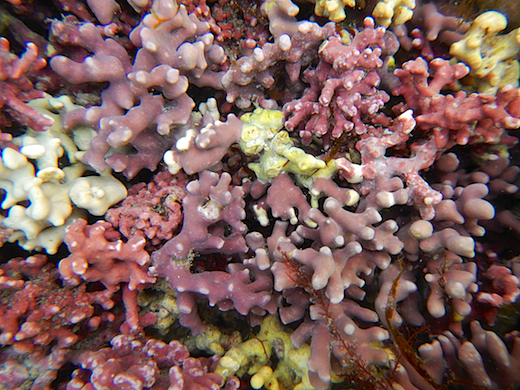
Subtidal deposits of maërl that are entirely dead are found in a number of places including the upper reaches of bays such as Bantry Bay. In some instances, these deposits (and the beaches) are replenished from living beds, but in others they appear to be remnants that are not being renewed.
An assessment is currently being carried out of the extent and biodiversity of the Irish maërl beds and their fauna and flora. The aim is to make available as much information as possible in the event of more extensive harvesting, and so that we can assess the environmental impact statements that will be necessary prior to harvesting licences being granted. Extraction is being carried out in Bantry Bay on a maërl bed that is composed of dead (subfossil) fragments and which is covered in a thin layer of mud. An exploratory dredging licence was granted to Celtic Sea Minerals for pump-dredging a maximum of 5,000 t per annum from this bed. The material dredged is dried, ground and sold for a variety of horticultural and recreational purposes.
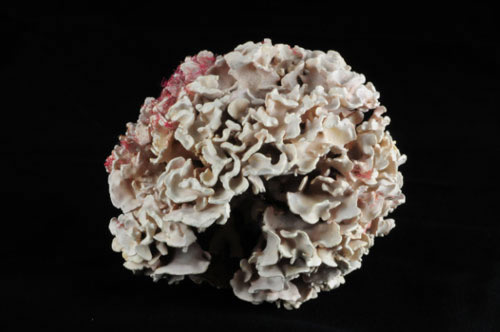
About six species of coralline algae are maërl-forming in Ireland, although four are uncommon or very rare, including the beautiful Lithophyllum dentatum (above) found only at a number of secret locations in Co. Galway.
It has been shown recently that maërl from this and other sources is little different in its chemical composition to ground limestone except for its magnesium, strontium, boron and iron levels, which are considerably higher in maërl than in limestone. The porosity of maërl is considerably higher than that of limestone. The greater porosity and the existence of trace elements in a more readily available form may be responsible for the observed superiority of soil dressings prepared from maërl rather than limestone, but it is debatable whether these features justify the much greater retail cost of maërl. The availability of certain trace elements in an organic form is attractive for organic farming and horticulture; ground maërl is also a particularly good filtration agent for the purification of water destined for human consumption and for water filtration in marine and freshwater aquaria. More extensive field trials need to be conducted to establish the effects of maërl top dressings, but there is little doubt that an extensive market for such organic fertilisers will develop over the next two decades. Preliminary studies of regeneration rates of maërl indicate that growth is quite slow and we should therefore take the greatest care that we use this resource in a sustainable fashion.
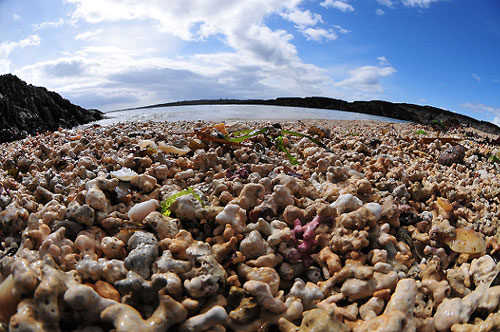
Celtic Sea Minerals, an Irish company based at Carrigaline, Co. Cork, harvests calcareous seaweeds from subfossil beds in Bantry Bay, Co. Cork.
The company has targeted specific nutritional problems associated with current intensive animal production and formulated its marine mineral to improve animal performance and welfare. This approach has resulted in the company producing a variety of products aimed at the Animal Nutrition and Animal Hygiene markets.
- A sustained/slow-release buffer for use in ruminant diets
- A multi-mineral for use in pig diets to reduce problems associated with excess acidity in the digestive system
- A specifically formulated product supplying highly bio-available minerals for high-performance horses
- A high calcium product for hardening of egg shells
- A natural bedding conditioner for improvement in animal welfare
All of these products greatly benefit animals who are functioning under pressure either to produce more milk or meat or to perform on the racetrack.
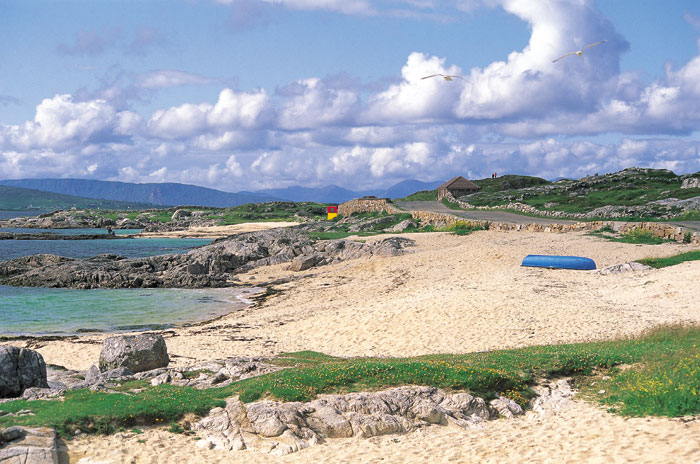
Celtic Sea Minerals has also shown that Calcified Seaweed has applications in the environmental markets, and produces a product aimed specifically at this industry:
- A natural buffer for use in Waste Water Treatment
Many water treatment plants, due to the high Biological Oxygen Demand, require additional buffering and trace minerals to maximise organic breakdown, resulting in cleaner discharge water.
The marine source of Celtic Sea Minerals' base material (Calcified Seaweed: Phymatolithon purpureum) is ideal for today's highly intensive food production, due to its multi-mineral content and its method of breakdown in the digestive system. A recent meeting of the American Association for the Advancement of Science (AAAS) in St Louis has highlighted the dramatic decline in the past 50 years in the nutrient levels of foods including meat, fruit, vegetables and crops. For example, the iron content in 15 varieties of meat has decreased on average by 47%, while the iron content in milk has dropped by 60%. Magnesium levels have typically fallen by 10%, while copper levels have fallen by 60%.
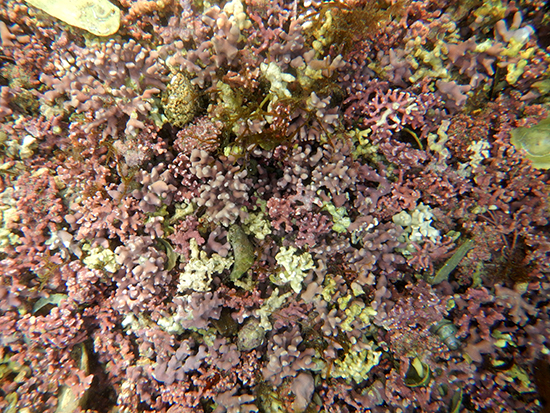
-
 BioAtlantis
provides sustainable technologies from the sea to enhance
plant, animal and human health.
BioAtlantis
provides sustainable technologies from the sea to enhance
plant, animal and human health.
-
 Connemara Organic Seaweed Company
provide hand harvested, sustainable, kelp and seaweed products
for human consumption through health supplements and edible
products.
Connemara Organic Seaweed Company
provide hand harvested, sustainable, kelp and seaweed products
for human consumption through health supplements and edible
products.
-
 Emerald Isle Organic Irish Seaweed.
A family business producing seaweed as supplements,
cooking, gardening and bath products.
Emerald Isle Organic Irish Seaweed.
A family business producing seaweed as supplements,
cooking, gardening and bath products.
-
 Irish Seaweeds Ltd
are suppliers of 100% natural hand-harvested seaweeds and
edible sea vegetable products from Ireland.
Irish Seaweeds Ltd
are suppliers of 100% natural hand-harvested seaweeds and
edible sea vegetable products from Ireland.
